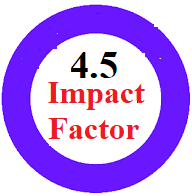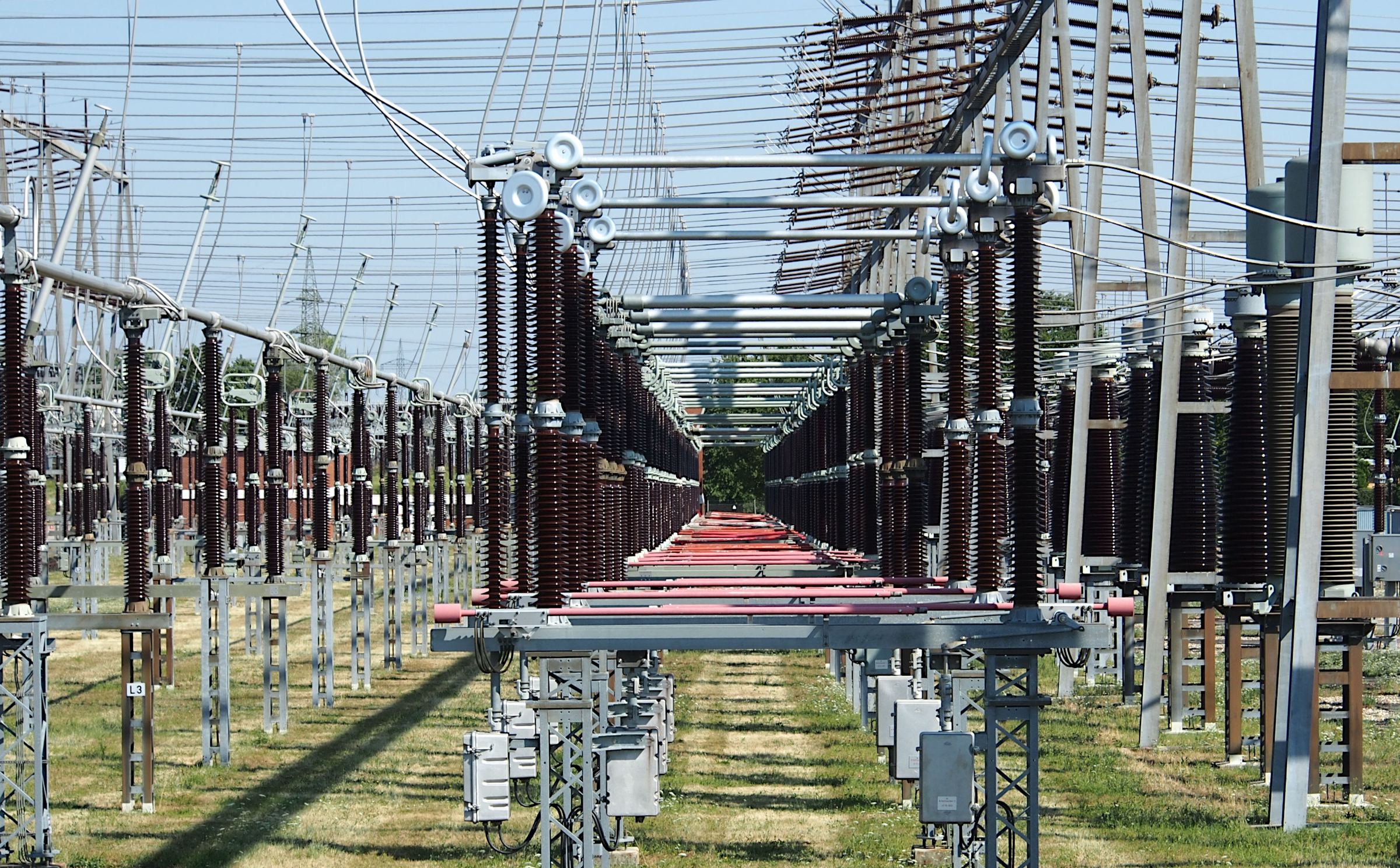POST-PANDEMIC CAMPUS FUTURES: SPATIAL MODELS FOR DISTRIBUTED LEARNING NETWORKS
Keywords:
Distributed learning networks, , post-pandemic campus design, transition design, hybrid learning ecosystems, sustainable higher education, spatial pedagogyAbstract
The COVID-19 pandemic catalyzed a fundamental reimagining of higher education spaces, accelerating the shift toward distributed learning networks. This research synthesizes insights from design thinking experiments, educational futures research, and spatial transition frameworks to propose innovative campus models that integrate physical, digital, and community dimensions. Analysis of global case studies reveals that future campuses must prioritize pedagogical agility, spatial resilience, and technological hybridization while addressing emergent challenges of digital equity and social fragmentation.
The COVID-19 pandemic has catalyzed a paradigm shift in higher education, necessitating innovative spatial models that blend physical and digital learning environments. This transformation is driven by evolving student needs, technological advancements, and insights from urban recovery patterns. Below, it synthesize key findings and propose frameworks for post-pandemic campus design.
Findings demonstrate that distributed learning ecosystems can enhance accessibility, sustainability, and community engagement when designed through participatory processes aligned with Sustainable Development Goals. This paper offers a transition design framework for universities navigating the complex interplay between space, technology, and pedagogy in the post-pandemic era.
















